Epistemic status: Firm
The Focusing technique was developed by Eugene Gendlin as an attempt to answer the question of why some therapeutic patients make significant progress while others do not. Gendlin studied a large number of cases while teasing out the dynamics that became Focusing, and then spent a significant amount of time investigating whether his technique-ified version was functional and efficacious. While the CFAR version is not the complete Focusing technique, we have seen it be useful for a majority of our alumni.
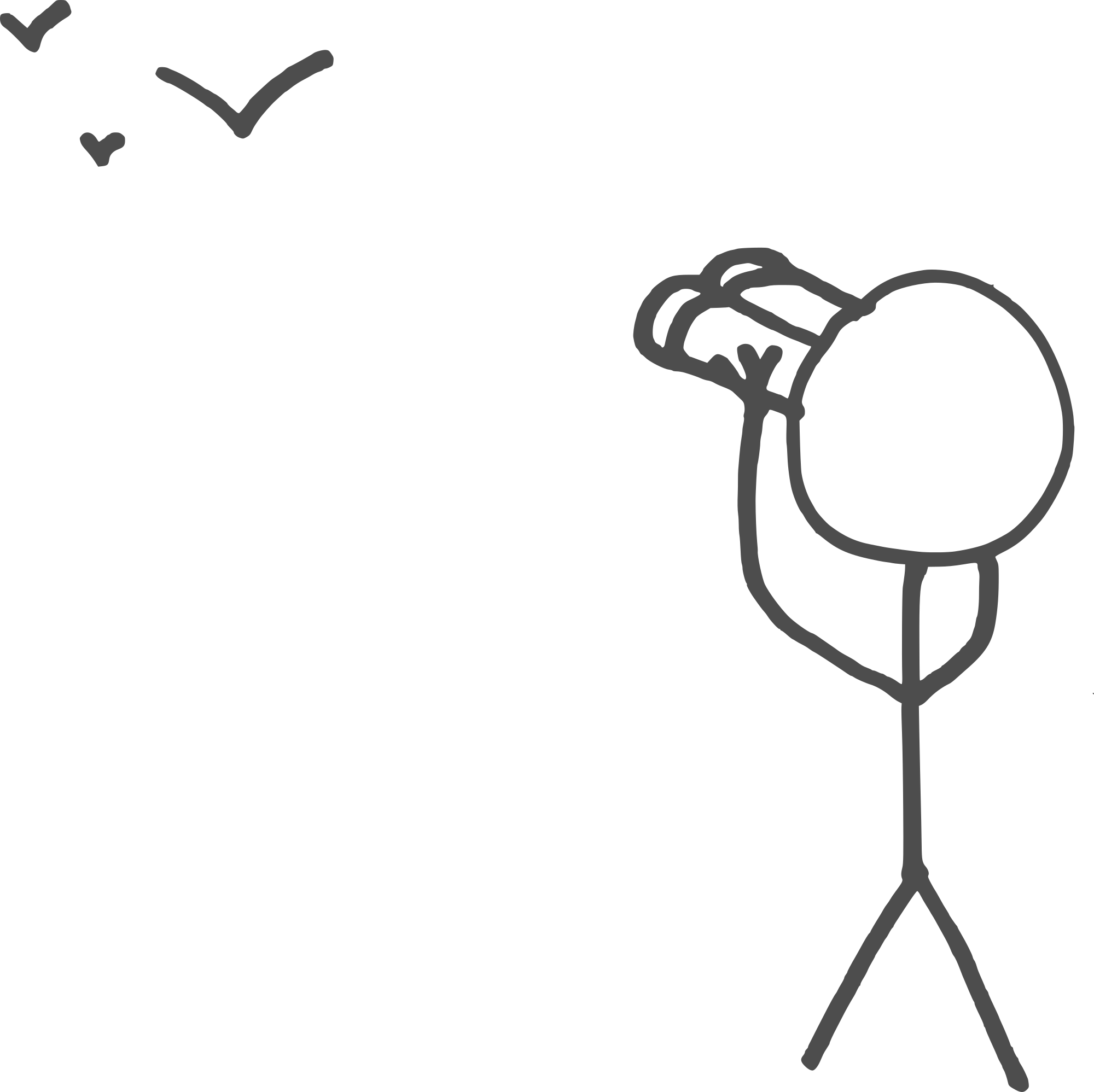
If you’ve ever felt your throat go suddenly dry when a conversation turned south, or broken out into a sweat when you considered doing something scary, or noticed yourself tensing up when someone walked into the room, or felt a sinking feeling in the pit of your stomach as you thought about your upcoming schedule and obligations, or experienced a lightness in your chest as you thought about your best friend’s upcoming visit, or or or or ...
If you’ve ever had those or similar experiences, then you’re already well on your way to understanding the Focusing technique.
The central claim of Focusing (at least from the CFAR perspective) is that parts of your subconscious System 1 are storing up massive amounts of accurate, useful information that your conscious System 2 isn’t really able to access. There are things that you’re aware of “on some level,” data that you perceived but didn’t consciously process, competing goalsets that you’ve never explicitly articulated, and so on and so forth.
Focusing is a technique for bringing some of that data up into conscious awareness, where you can roll it around and evaluate it and learn from it and—sometimes—do something about it. Half of the value comes from just discovering that the information exists at all (e.g. noticing feelings that were always there and strong enough to influence your thoughts and behavior, but which were somewhat “under the radar” and subtle enough that they’d never actually caught your attention), and the other half comes from having new threads to pull on, new models to work with, and new theories to test.
The way this process works is by interfacing with your felt senses. The idea is that your brain doesn’t know how to drop all of its information directly into your verbal loop, so it instead falls back on influencing your physiology, and hoping that you notice (or simply respond). Butterflies in the stomach, the heat of embarrassment in your cheeks, a heavy sense of doom that makes your arms feel leaden and numb—each of these is a felt sense, and by doing a sort of gentle dialogue with your felt senses, you can uncover information and make progress that would be difficult or impossible if you tried to do it all “in your head.”
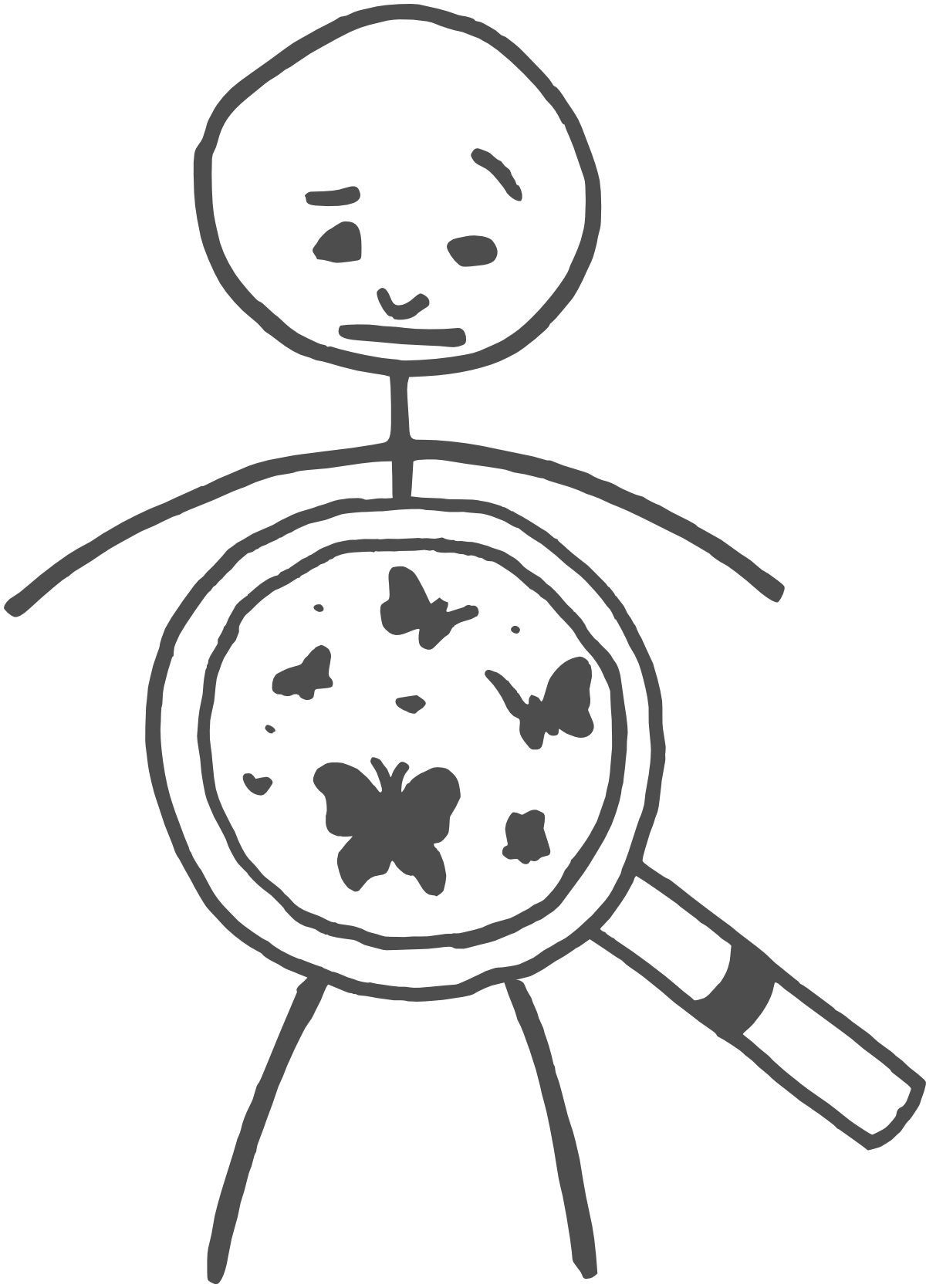
On the tip of your tongue
We’ll get more into the actual nuts and bolts of the technique in a minute, but first it’s worth emphasizing that Focusing is a receptive technique.
When Eugene Gendlin was first developing Focusing, he noticed that the patients who tended to make progress were making lots of uncertain noises during their sessions. They would hem and haw and hesitate and correct themselves and slowly iterate toward a statement they could actually endorse:
“I had a fight with my mother last week. Or—well—it wasn’t exactly a fight, I guess? I mean—ehhhhhhh—well, we were definitely shouting at the end, and I’m pretty sure she’s mad at me. It was about the dishes—or at least—well, it started about the dishes, but then it turned into—I think she feels like I don’t respect her, or something? Ugh, that’s not quite right, I’m pretty sure she knows I respect her. It’s like—hmmmmm—more like there are things she wants—she expects—she thinks I should do, just because—because of, I dunno, like tradition and filial piety, or something?”
Whereas patients who tended not to find value in therapy were those who already had a firm narrative with little room for uncertainty or perspective shift:
“Okay, so, I had another fight with my mother last week; she continues to make a lot of demands that are unreasonable and insists on pretending like she can decode my actions into some kind of hidden motive, like the dishes thing secretly means I don’t respect and appreciate everything she’s done for me. It’s frustrating, because that relationship is important to me, but she’s making it so that the only way I can maintain it is through actions I feel like I shouldn’t have to take.”
According to Gendlin, this effect was the dominant factor in patient outlook—more important than the type of therapy, or the magnitude of the problem, or the skill and experience of the therapist.
Gendlin posited that patients found value in this tip-of-the-tongue process because they were spending time at what he called “the edge”—the fuzzy boundary between implicit and explicit, between “already known” and “not yet known,” between pre-verbal and verbal. If (as is often the case for patients in therapy) one’s goal is increased awareness and clarity with regard to complex issues, spending time in the already-known areas is not very useful. The juicy stuff, the new insight and knowledge, comes from gently approaching that edge, being willing to sit with the vague and not-yet-clear, and patiently waiting as things materialize.
From the use-your-whole-brain perspective that CFAR tends to take, it makes sense that the latter patient—the one with a strong set of preconceptions—would be less likely to make progress than the former. The latter patient is using their System 2 explicit reasoning to make sense of the situation—and they’re using only their System 2. They have a top-down narrative explanation for everything that’s happening, and that top-down narrative is drowning out contrary evidence and subtle signals and anything that doesn’t fit the party line.
Whereas the former patient is certainly thinking, in the classic System 2 sense, but they’re also listening. They’re doing a sort of guess-and-check process, whereby they try out a label or a description, and then zero in on the note of discord. They’re allowing their implicit models to do a significant amount of the driving, and not settling on a single story prematurely.
There’s often a similar dynamic in Focusing, where people are trying to tease out the meaning of a felt sense that can be subtle or quiet or easily overwritten. The act of interfacing with a felt sense often feels like having something right on the tip of your tongue—you don’t know what it is, but you also know that you’ll recognize it once you get it. It’s like being at the grocery store without a list, and knowing that there’s something you’re forgetting, but not quite knowing what, and having to sort of gently feel your way toward it:
“Okay, what’s left, what’s left. Hmmm. I need ... hmmm. It was for the party? Was it soda? No, it wasn’t—I mean yes, I do need soda, but that isn’t the thing I’m forgetting. Something for the snacks—was it ... hummus? No, not hummus, but we’re getting clos—GUACAMOLE! Yes. That’s it. It was guacamole.”

From felt senses to handles
All right, so we have felt senses—which, to recap, are a sort of physiological reflection of some bit of information somewhere in your brain.
The next piece of the puzzle is handles.
A handle is like a title or an abstract for a felt sense. It’s a word, or short phrase, or story, or poem, or image—some System-2-parseable tag for the deeper thing that’s going on. It’s the True Name of the problem, in the magical sense used in fantasy novels—the True Name that gives you some degree of power over a thing.
Let’s say a felt sense is like a photograph:
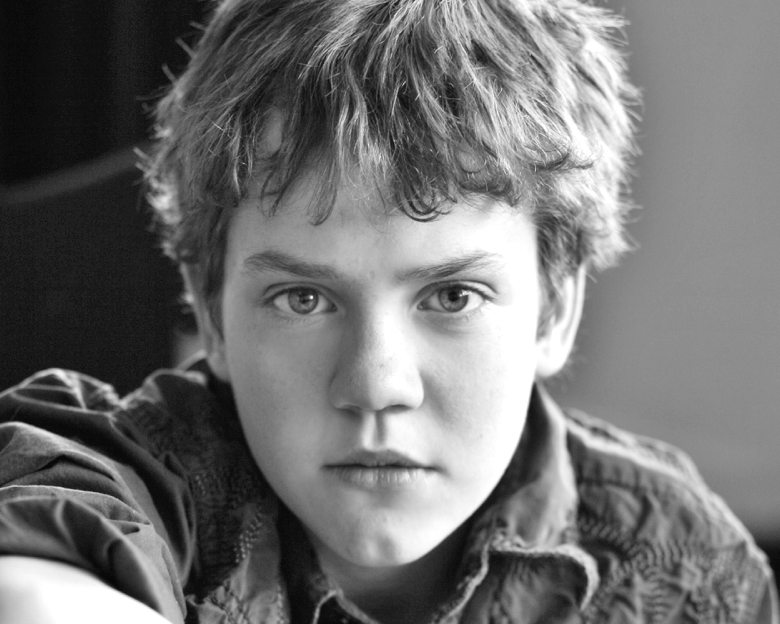
Photographs contain a lot of information. They’re rich in detail and nuance. They often have lots of colors and contrast. They’re unique, in the sense that it’s not at all hard to tell most photos apart from one another.
But the vast majority of that information is tacit. It’s hard to compress into words. If I were to show you a hundred similar photographs of a hundred similar faces, it would be pretty hard to get you to pick out the right one simply by talking about the details of the face.
The same is true of felt senses—or, more strictly, of the implicit mental models that lie behind the felt sense. The thing-in-your-thoughts that is producing the butterflies in your stomach, or the sudden tension in your shoulders, is built up of hundreds of tiny, interconnected thoughts and experiences and predictions that are very hard to sum up in words.
A sketch, on the other hand, is compressed. It can be evocative, but it’s sparse and utilitarian, conveying as much of the relevant information as possible with economy of line. In order to get something as rich as a real face out of a sketch, your brain has to do a lot of processing, and regenerate a lot of information, filling in a lot of gaps.
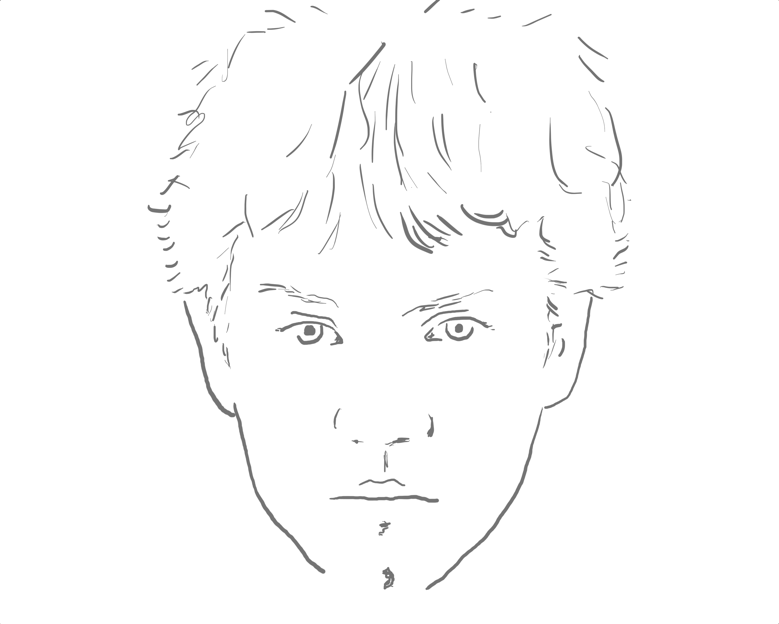
Yet a sketch can nevertheless be more or less accurate. It can be a good fit for the photograph—a true match. You could have a sketch of very high quality that just isn’t the same face:
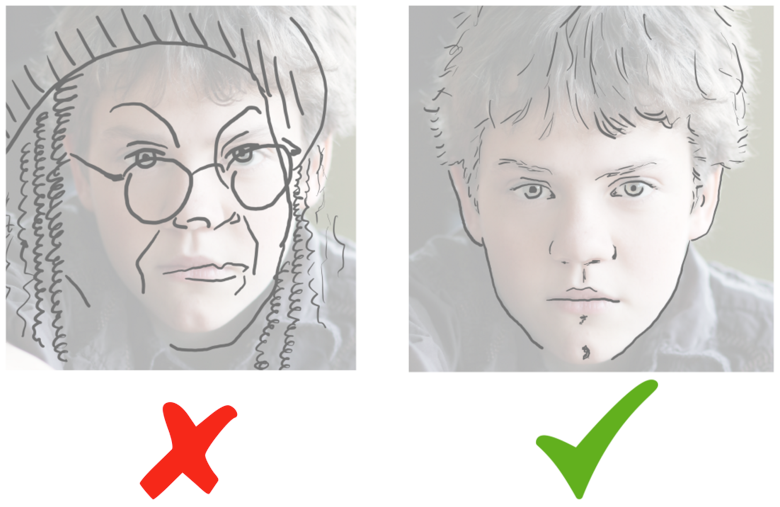
It’s that sense of correspondence that we’re looking for, when we do Focusing. Gendlin often uses the word resonance—does the word or phrase that you just used resonate with the felt sense? Are they a good match for each other?
Often, your first attempt at a handle will not resonate at all. Let’s imagine that you’re focusing on something that’s been bothering you about your relationship with your romantic partner, and this has manifested itself in a felt sense of hot, slightly nauseous tightness in your chest.
You might try out a first-draft statement like “I’m bothered by the fact that we’ve been fighting a lot,” and then sort of hold that statement up against the felt sense, just like holding a sketch up next to a photograph to see if they match. You’ll think of the sentence, and then turn your attention back to the tightness in your chest, and see if the tightness responds in any way.
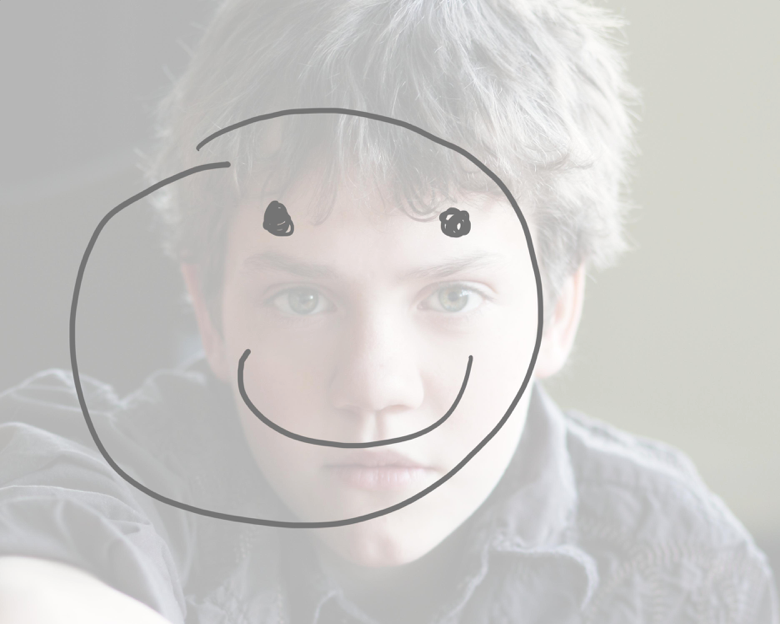
"No, that's not it."
From there, you can iterate and explore, following your sense of that was partially true—which part was most true?
“It’s more like—ugh—like I never know what to say? Or—no—it’s like I have to say the right things, or else.”
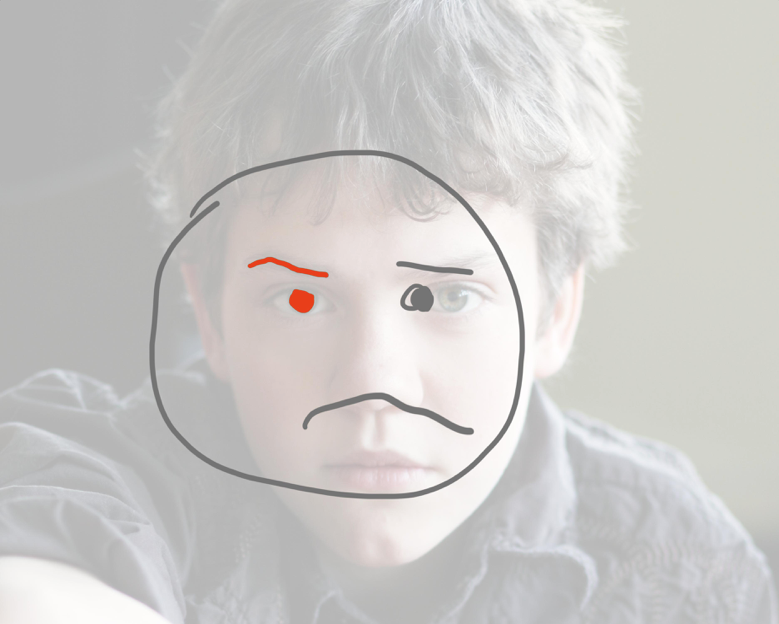
Hopefully, some part of the handle is more resonant with the felt sense, now that you’ve wiggled your way around a little—some part of it is a better match than before. And then you keep iterating, being sure to pause each time and leave space for the felt sense to respond. Remember, the goal is to listen, not to explain.
“It’s like—if I say the wrong thing, everything will fall apart? Because— because I’m the only one who’s trying to fix things, or something? Yeah—it’s like I’m the only one who’s willing to do the work—who’s willing to make sacrifices to keep the relationship healthy and strong.”
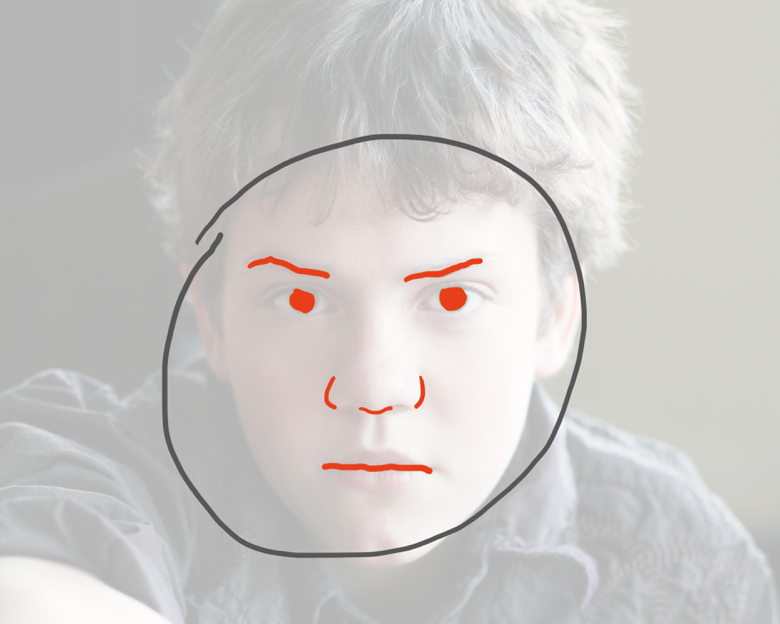
You get the idea. As the process continues, the handle grows more and more accurate, and evokes more and more of the underlying what’s-really-going-on. You’ll often feel a sort of click, or a release of pressure, or a deep rightness, once you say the thing that really completes the picture.
(Note that “completes” is actually a bit of an overstatement—it’s often the case that you don’t get a full picture of something like an entire face, but that instead you get a lot of clarity on one or more parts. In our metaphor, this would be something like, you traced the jawline and one eyebrow and nothing else, but you really got an accurate sense of that jawline and that eyebrow, and that produces a click on its own.)
Gendlin makes the point that the felt sense will often change—or vanish—once you’ve uncovered a good handle. It’s as if there was a part of you that was trying to send up a red flag via a physiological sensation—as long as your System 2 hasn’t got the message yet, that sensation is going to continue to occur. Once the message is accurately received, though, and your System 2 can write a poem that captures what that part of you was really trying to say, there’s often a relaxing, opening-up sort of feeling. The physiological alert is no longer necessary, because the problem is no longer unrecognized or unacknowledged or unclear.
Advice and caveats
Of course, the fact that you’ve accurately expressed your brain’s sense of what’s going on doesn’t mean you’ve found the bona-fide truth. As pretty much all of the rest of this handbook shows, we often have confused or incomplete or biased beliefs about the world around us and our own role within it.
But either way, getting clarity on what’s going on in your head, under the hood—on what sorts of narratives and frames resonate with the part of your subconscious that was generating frustration or fear or unease or pain in the first place—is usually a huge step forward in turning the problem into something tractable. Instead of being Something That’s Been Bothering Me, it’s now mundane, with gears and levers and threads to pull on. That’s not saying it’ll be easy to fix, just that it’s usually much better than fumbling around in the dark.
Here are some tips to keep in mind when practicing Focusing:
Choosing a topic
Often you’ll enter a Focusing session with a clear sense of what the session will be about—it’s the thing that’s been bothering you lately, or the thing that you can’t get out of your shower thoughts, or the thing that you haven’t got around to processing (but now’s the time).
If not, though, or if multiple things are all sort of clamoring for attention, one useful motion is to do something like laying them all out on the shelf.
Imagine saying, out loud, “Everything in my life is perfect right now.”
(You can also actually do this; it is often a useful exercise.)
For most people, there will usually be an immediate objection of some kind. Often there is both a word or phrase (the parking tickets!) and a visceral feeling (lump in my throat).
You can sort of imagine mentally lifting out the parking ticket problem and placing it on a shelf. Now the sentence becomes “Yeah, okay—so there’s that thing with the parking tickets, but other than that, everything in my life is perfect right now.”
<flinch>
“Oh, right, there’s that thing where I was going to already have an exercise routine by now, but I haven’t even started. Okay. So that’s there. But except for the parking tickets thing, and the exercise thing, everything in my life is perfect.”
...and so on.
Eventually, you should be able to say a sentence that feels true, and which doesn’t provoke any strong internal reaction—you should feel sort of calm and flat and level as you say it.
And then, from among the items “on the shelf,” you can choose one that you want to Focus with. Perhaps one of them seems particularly urgent or alive, or perhaps you’ll simply pick.
Or maybe, having gotten out all the tangible problems, there remains some sensation that you have no explanation for. Having created space for it, you can now sit with it and see what it has to say.
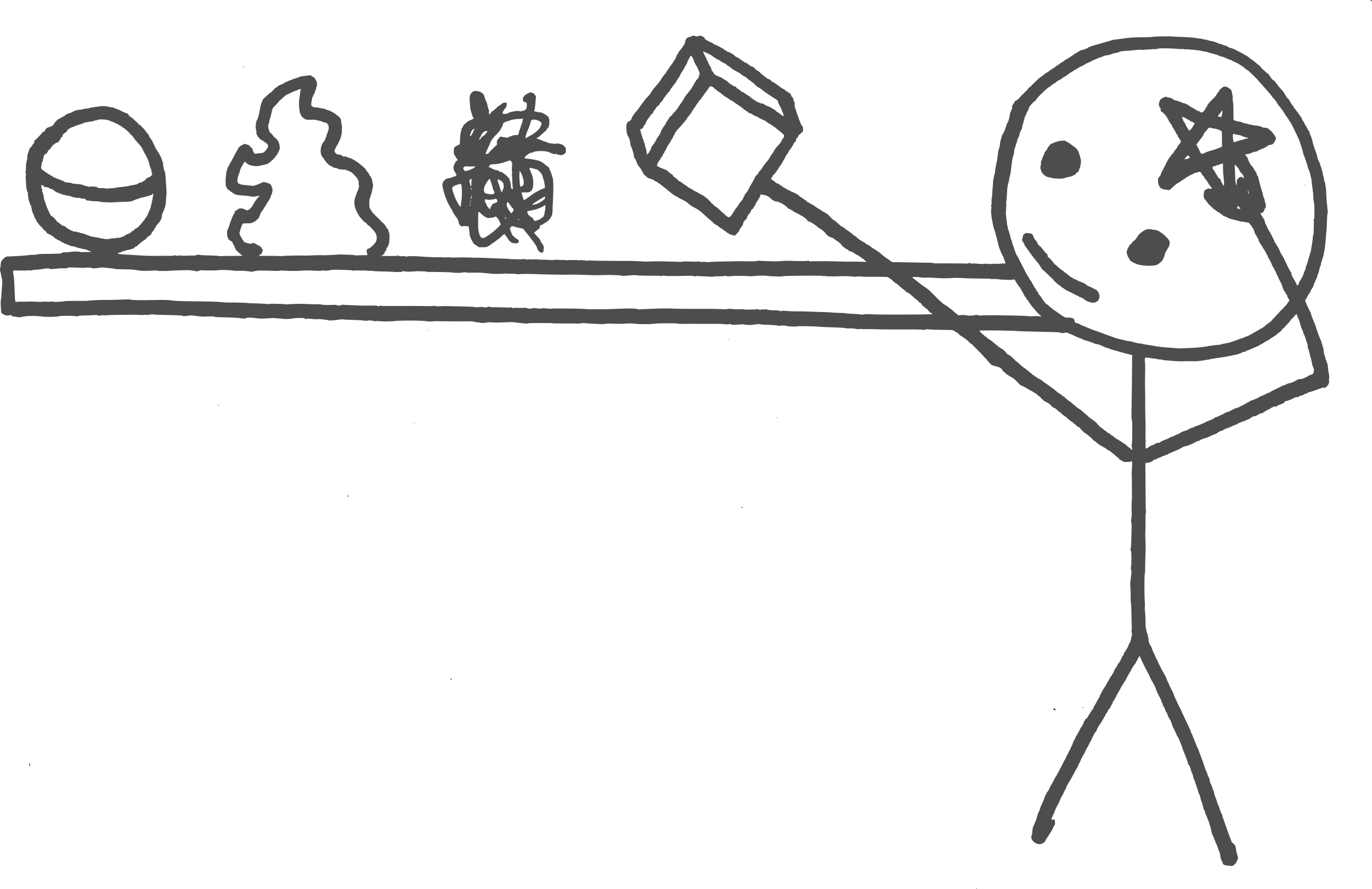
Get physically comfortable
The Focusing technique depends on you being able to attend to your physiological sensations, and also to do so with some degree of lightness. If you’re physically uncomfortable, you’re likely to end up either distracted (by e.g. a pain in your back) or with too much weight on your felt sense, as you brute-force your attention into place.
Don’t “focus”
The Focusing technique doesn’t mean focusing in the sense of “target your attention deliberately and with a lot of effort,” as in “stop daydreaming and focus!” Instead, it means something more like turning the knob on a microscope or a pair of binoculars—there’s something that you can see or sense, but only indistinctly, and the mental motion is one of gently bringing it into focus.

Hold space
Remember, Focusing is a receptive technique. Often, the back-and-forth between felt sense and handle will contain long stretches of silence—sometimes thirty seconds or more. Don’t push to go super fast, and don’t expect immediate clarity or staggering revelations. Just listen, and feel, and try to hold space for whatever might float up.
It’s worth noting here that we have a line in our Focusing class where we tell first-time participants “whatever it is you’re doing, that’s Focusing— don’t spend half your attention worrying about whether you’re doing the technique correctly. If you’re sitting and thinking and listening, you’re on the right track, and you can worry about the details later.”
Stay on one thread at a time
Often, during a Focusing session, other entangled threads will rise in relevance, and other felt senses will appear. While it’s good to let your attention shift, if there’s some new thing that feels more alive and worth listening to, it’s not good to let your attention split. We recommend a mental motion that’s something like asking the other felt senses to "wait out in the hallway"—acknowledge them, and perhaps form an intention to look into them later, but then return your attention to the thing you want to be Focusing on. It’s hard enough to “hear” what a single felt sense has to say; listening to two or three or four at once is not recommended.
Always return to the felt sense
It’s often easy, when Focusing, to start piecing things together in words, and to get excited about the story that’s cohering, and to end up “in your head.” If you notice this happening, pause, take a breath, and return back to the level of sensation—are you feeling anything in your body? What is it/what’s it like? Is it different from what you were feeling before? What does the felt sense “think” about the words you were just stringing together? What does the felt sense have to “say”?
Don’t limit yourself to the body
For many people, the idea of listening to and gathering information from their bodies is revelatory and revolutionary. But it’s important to note that there are whole other families of felt senses which CFAR participants have reported finding, and finding useful. For instance, rather than a physiological sensation, you might have a vivid image, or a sense of objects or feelings floating around your head, or just behind you. It’s important to check in the body, but don’t limit yourself to physiological felt senses—if you’re picking up on something else and finding it valuable, keep it up!
Try saying things out loud
This is useful both when trying to evoke felt senses (as when you say something you know is slightly false, so as to get a sense of the difference) and also can be useful in dialogue with your felt senses. Sometimes, phrases like “and what do I feel about that?” or “and what does that mean?” spoken aloud can shake something loose in a productive fashion.
Don’t get in over your head
This one is important. Frequently, first-time Focusers will dive right into a large and frightening felt sense, or get very very close to something deep and traumatic and personal. This can have the opposite of the intended effect, leaving you triggered or jittery or anxious. It can bring up a lot of stuff that you were sort of holding at arms’ length for good reason.
In cases like this, you can end up subject to the emotions and your experience of whatever’s going on, rather than being able to take them as object. They can fill your vision and be somewhat overwhelming.
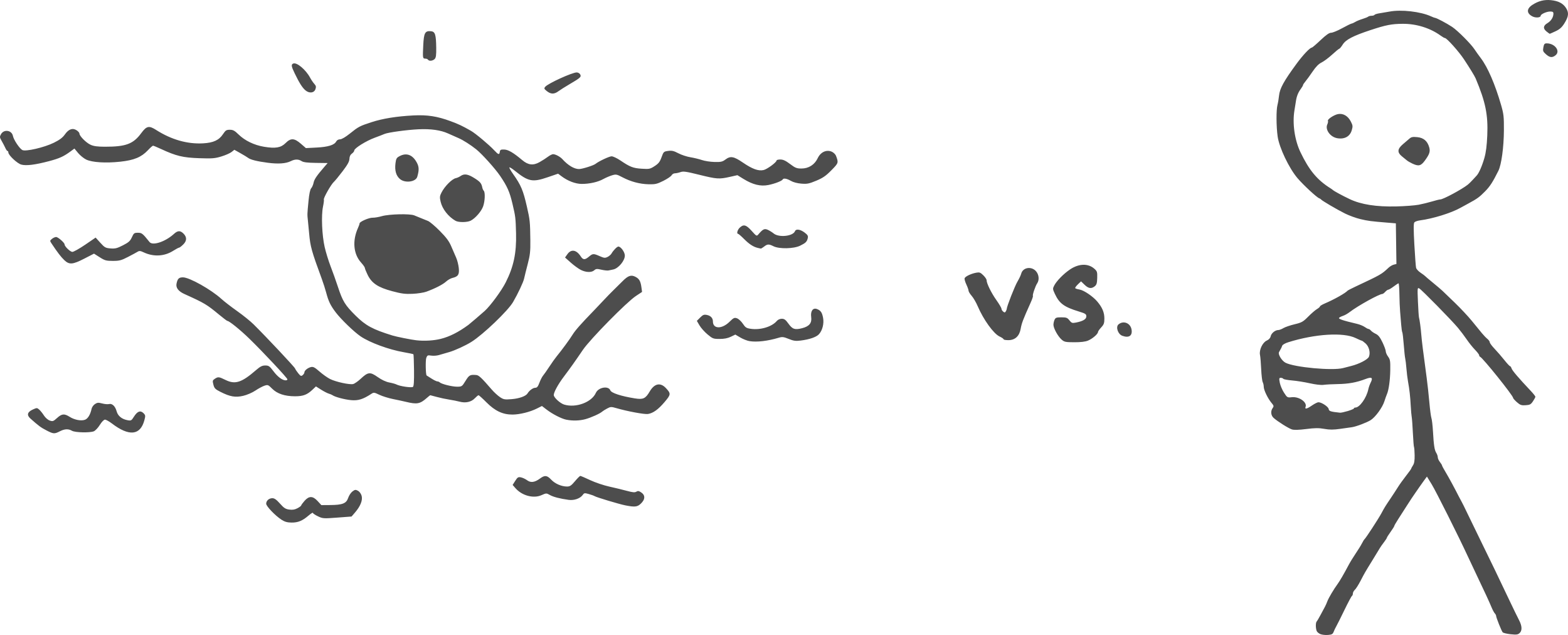
The first piece of advice in this domain is “give yourself permission to not dive in too deep.” Simply reminding yourself that there are boundaries, and that you’re not required to climb down into the pit of despair, is often enough.
If you do find yourself drawn toward something large and scary, though, or if you find yourself slipping in despite your best efforts, we recommend doing something like going meta.
Let’s say you were in the middle of Focusing, and your current felt sense has a handle like “slumped and defeated.” You haven’t yet figured out what the slumped and defeated is about, and you were just about to start asking.

But you’re worried that might be too intense. What you can do instead is ask yourself how you feel about your sense that you feel slumped and defeated. When you hold that story in your mind, what’s your reaction to it? What does it feel like, to look at yourself and see “slumped and defeated”?
Perhaps your reaction to that is “sad.” You don’t like being in a slumped and defeated state, and so noticing that you are produces sadness.
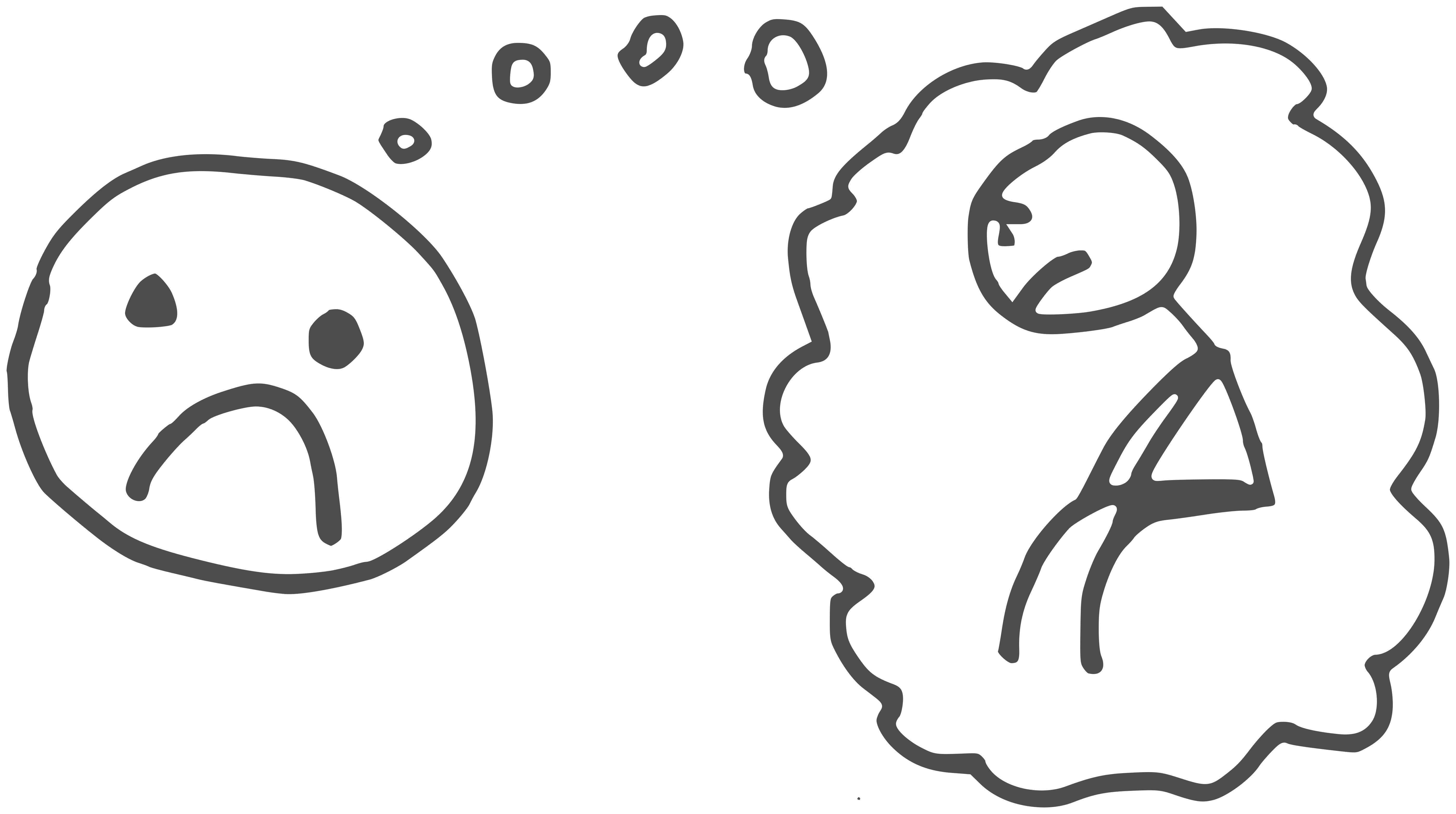
If you check how you feel about that—if you ask yourself “what’s it like to feel sad about feeling slumped?”—you may find something like squidginess or uncertainty. You may be unsure whether it’s good or bad to feel sad about feeling slumped.
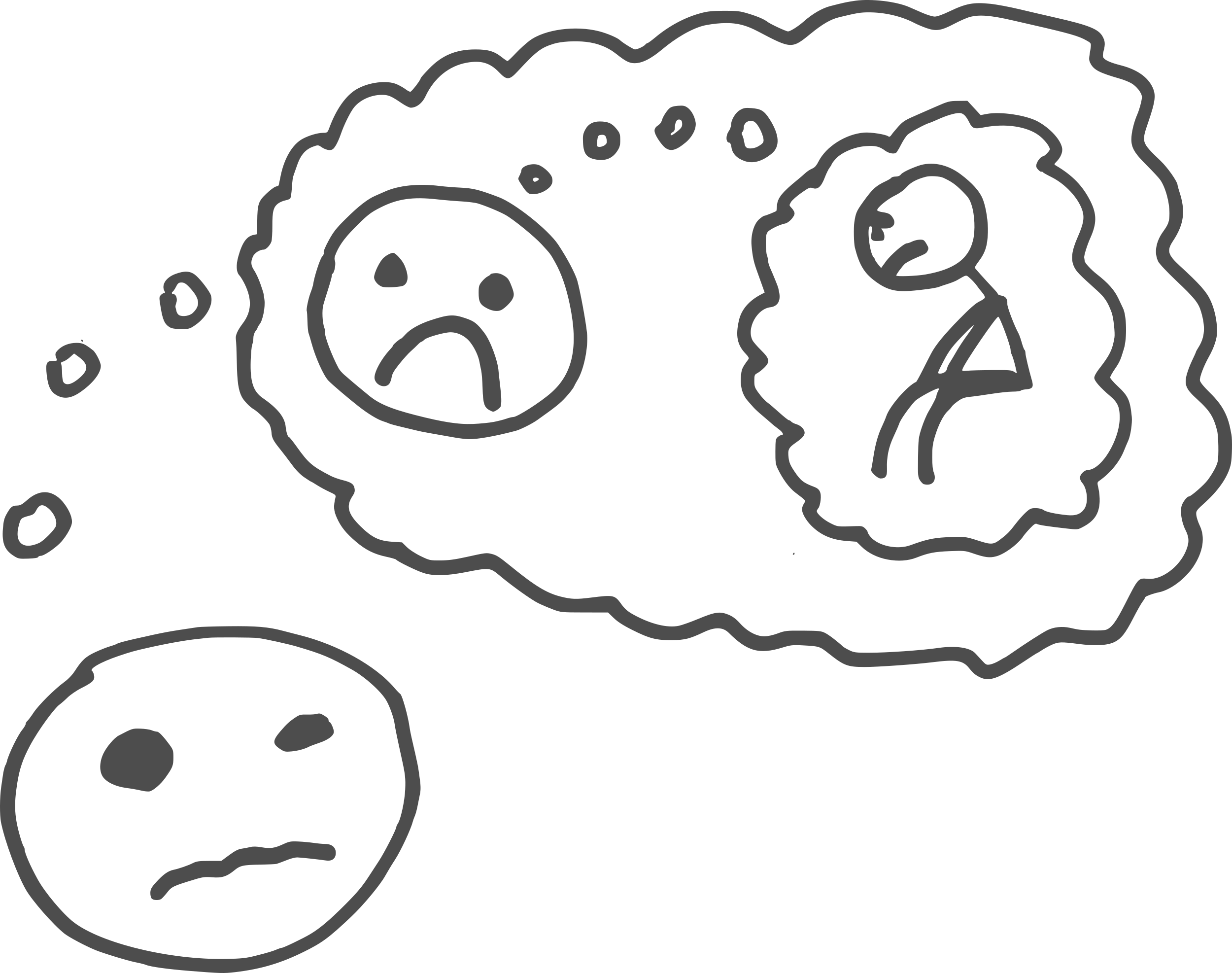
And if you check how you feel about the squidginess, you may finally reach a state of something like neutrality or equanimity or okay-ness. It seems “fine” to feel uncertain about feeling sad about feeling slumped. The loop has sort of bottomed out, and from that perspective you can see all of the things without being subject to any of them. You’re no longer blended with the parts of you that are in thrall to the emotion; you’re now outside of them, or larger than them, and able to dialogue with them, and that’s a good place from which to do Focusing.
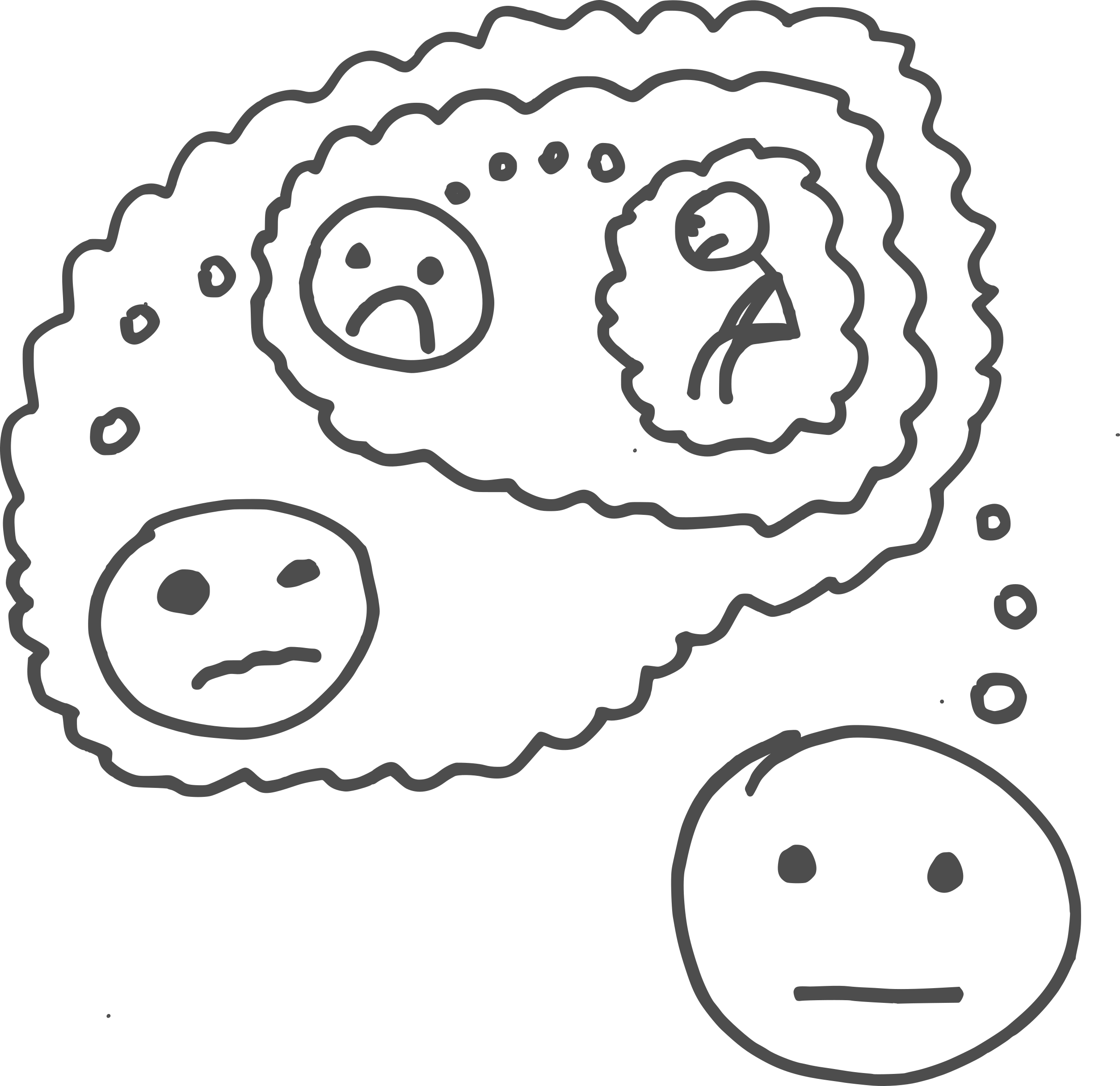
Another way to create space in a similarly useful fashion is to simply restate a feeling two or three times, with increasing awareness and metacognitive distance each time. So, for instance, the word “rage” might become “I’m feeling rage,” and then “something in me is feeling rage,” and then “I’m sensing that something in me is feeling rage.” The slow backing-out from this is me to this is something I’m noticing can go a long way toward allowing you to engage with deep or heavy feelings without getting lost in them or overwhelmed by them.
The Focusing algorithm
1. Select something to bring into focus
- Something that’s alive for you, or that has been looming in the back of your mind
- Something that you haven’t had time for, but want to disentangle
- Something where it seems like there’s insight on the tip of your tongue
- Put your present worries on the shelf and see what else arises in the space you cleared.
2. Create space
- Get into a physically comfortable position and spend a minute or two “dropping in.”
- Put your attention into your body, and notice what sensations are present. If none are immediately obvious, start somewhere (e.g. the feet) and run your attention across your body part by part.
- If you discover multiple things that are tugging at your attention, ask some of them to “wait in the hallway.”
- If you are highly emotional or triggered or tense or overwhelmed, try going meta to slowly gain more space.
3. Look for a handle for your felt sense
- Start with your best guess as to what's going on, or what the feeling is about.
- Remember to listen rather than projecting or explaining.
- Continue returning to the level of sensation—what do you feel in your body?
- Check for resonance each time you iterate. What does the felt sense “think” of the handle you just tried? What does it want to “say” in response?
- Use prompts like “and now I’m feeling ” or “what this feels like in my body is .” Ask gentle questions like “and what’s that like?” or “how does it feel to say ?” or “and the thing about that is ...”
- Take your time, often as much as thirty or sixty or ninety seconds between sentences.
Apart from any comment about the usefulness of this stuff, I just want to point out how patently ridiculous it is to name this very, very specific psychological technique "Focusing". It's akin to calling a particular 9-step yoga pranayama technique "Breathing", or a particular diet "The Food Diet". This usage "Focusing" clashes both with the common understanding of the word and with the more established, specific meditative meaning. It also doesn't help that normal, everyday focusing is also something that you'd like to talk about in a psychology setting, so the context doesn't uniquely rule out the other meanings of the word. I'm reminded of Jack Willis, who called his specific brand of Reichian Therapy "The Work", perhaps in an attempt to make it seem more universal and important than it really was.
I'm quite in favor of choosing a better name. I'll start by proposing a long name that I think captures the essence: "Iterated felt-sense introspection"? Then maybe one could drop the "iterated" part for brevity. Other thoughts?